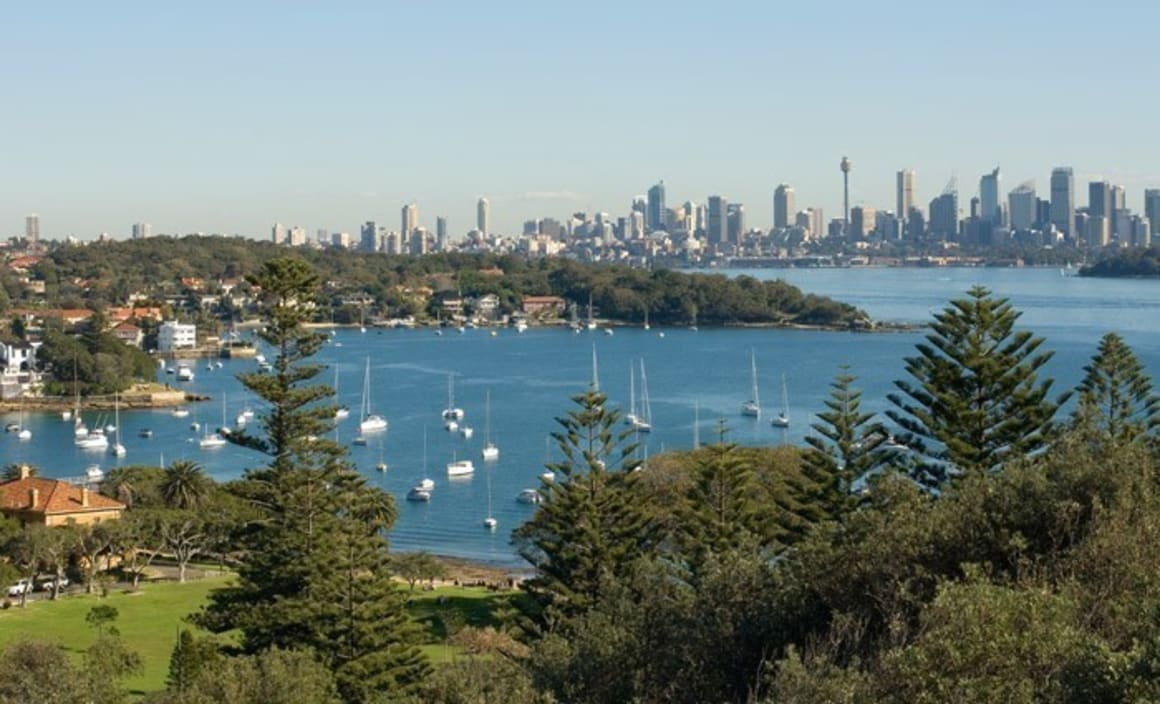Sydney house prices up 21.9% Pete Wargent

Pete WargentDecember 17, 2020
There are multiple data sources for tracking property markets, but the ABS Residential Property Price Indexes series is always one worth analysing, particularly since the Reserve Bank of Australia (RBA) itself follows it closely.
Established house prices rose by +2.2% in the third quarter to be +11.4% higher over the past 12 months, while attached dwellings rose by +1.4% to be +8.7 % higher over the year.
While averages mask endless underlying trends, the long run data implies that on average over the past dozen years established house prices (+5.6% per annum) have been outperforming attached dwellings (+4.8% per annum), commensurate with lower initial spot yields.

Let's step today's the key figures in three short parts.
Part 1 - Price indexes
Established house prices in Melbourne have also performed strongly to be up by +11.5% over the year, but on average attached dwellings price growth in the Victorian capital has been more contained at +4.5%, reflective of the volume of new supply. 

Part 1 - Price indexes
The star performers over the past year have been established houses in Sydney (+21.9%) and attached dwellings in the same city (+15.8%).
Established house prices in Melbourne have also performed strongly to be up by +11.5% over the year, but on average attached dwellings price growth in the Victorian capital has been more contained at +4.5%, reflective of the volume of new supply.

Dwelling prices over the year have performed solidly in Brisbane (+3.8 per cent), Canberra (+4.0 per cent), Adelaide (+3.5 per cent), and Hobart (+1.7 per cent).
On the other hand there have been moderate declines to date in Darwin (-2.0 per cent) and Perth (-3.3 per cent), although interestingly Domain Group forecasts moderate price growth to return to both cities in 2016, whereas I have previously argued that prices may follow rents down in the next calendar year.
Since the end of 2008 Sydney (+83 per cent) and Melbourne (+51 per cent) have outperformed impressively, while prices are also now rising in Brisbane, Adelaide, Canberra, and Hobart.

Part 2 - Stock value



Part 3 - Volume of dwelling stock
Despite this, Western Australia (+8.6 per cent) and Victoria (+7.9 per cent) have made valiant attempts to increase the total supply of dwellings since the the equivalent quarter 2011 according to the ABS data series. 
Over the past three years the total value of dwelling stock has surged +32 per cent or +$1.42 trillion higher, to a total stock value of $5.86 trillion.

More than 90 per cent of the gains in the value of dwelling stock over those three years have been accounted for by New South Wales (+$756 billion), Victoria (+$390 billion), and Queensland (+$131 billion), with the other states and territories accounting for the remaining +$141 billion.

Mean dwelling prices over the past three years have exploded in New South Wales (+$236,000), and increased strongly in Victoria (+$133,000).

In fact, despite the recent declines in Western Australia and the Northern Territory noted above, the mean dwelling price has moved some way higher across all states and territories across a three year timeframe.
Part 3 - Volume of dwelling stock
The final chart below helps to explain why although an increase in the dwelling supply can accentuate market downturns - particularly in smaller towns and cities - in the larger cities an increase in building activity on its own can take years to dampen prices.
One reason for this is that new builds only ever account for a fraction of transactions in a given year, and therefore the level of available supply at any point in time is rather driven by the established or "second hand" market (another reason is that over-simplified views of the market fail to take account of how well the new supply matches demand at the LGA, suburb, and household formation level).
Over the past four years, while the Australian Capital Territory (+10.9 per cent) and the Northern Territory (+10.1 per cent) have increased their respective number of dwellings materially, this is of course somewhat harder to achieve when you are starting from a higher base figure.
Despite this, Western Australia (+8.6 per cent) and Victoria (+7.9 per cent) have made valiant attempts to increase the total supply of dwellings since the the equivalent quarter 2011 according to the ABS data series.

On the other hand, the ABS figures show that the number of New South Wales dwellings has increased by only +4.4 per cent over the past four years, which may go some of the way to explaining why Sydney's rental market has remained relatively tight to date, despite alleged overbuilding.
Over the past three years the population of Greater Sydney has increased by around +230,000, and thus while it is easy enough to find localised areas of oversupply, after accounting for stock obsolescence, demolitions, and dwelling approvals that never make it to completion, at the city level at least the market remains relatively balanced in terms of dwelling supply (at least, for now).
PETE WARGENT is the co-founder of AllenWargent property buyers (London, Sydney) and a best-selling author and blogger.
His latest book is Four Green Houses and a Red Hotel.
Pete Wargent
Pete Wargent is the co-founder of BuyersBuyers.com.au, offering affordable homebuying assistance to all Australians, and a best-selling author and blogger.